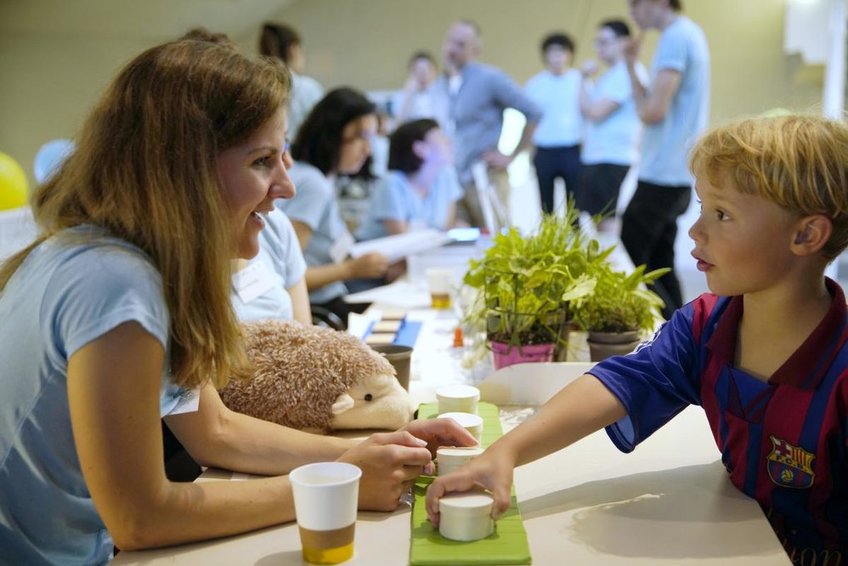
Children's program
We have prepared a varied children's programme for our youngest guests - with numerous hands-on activities and an exciting children's rally with lots to discover.

We have prepared a varied children's programme for our youngest guests - with numerous hands-on activities and an exciting children's rally with lots to discover.